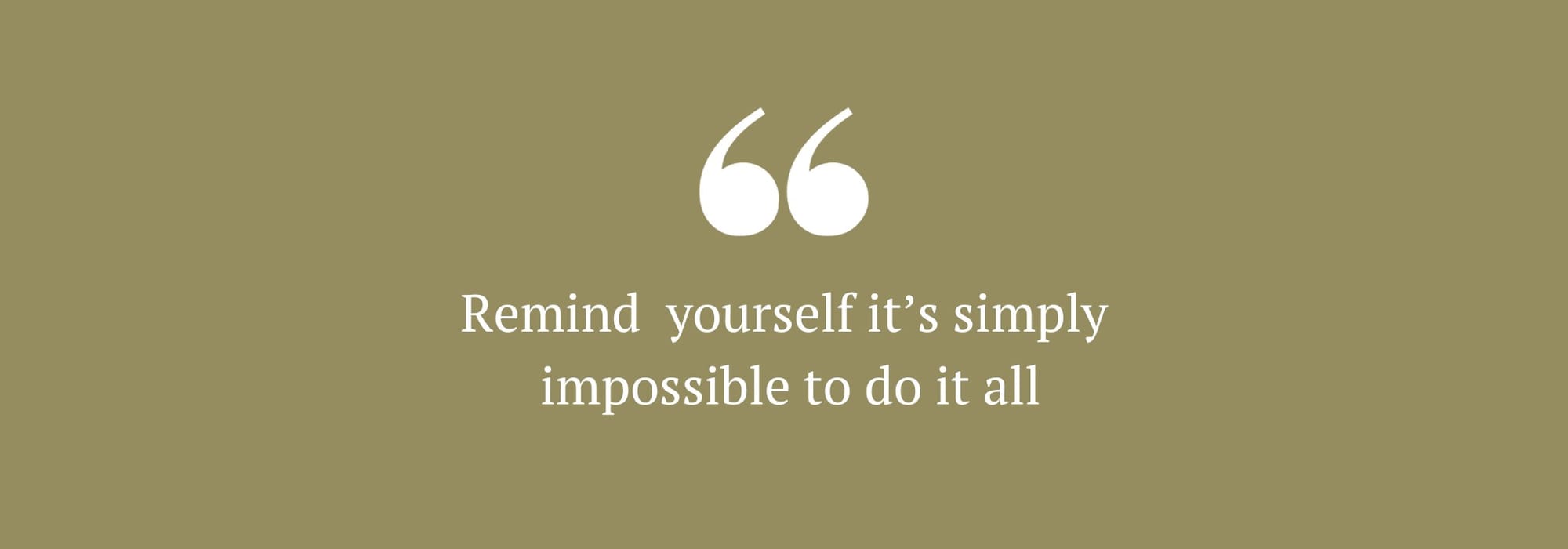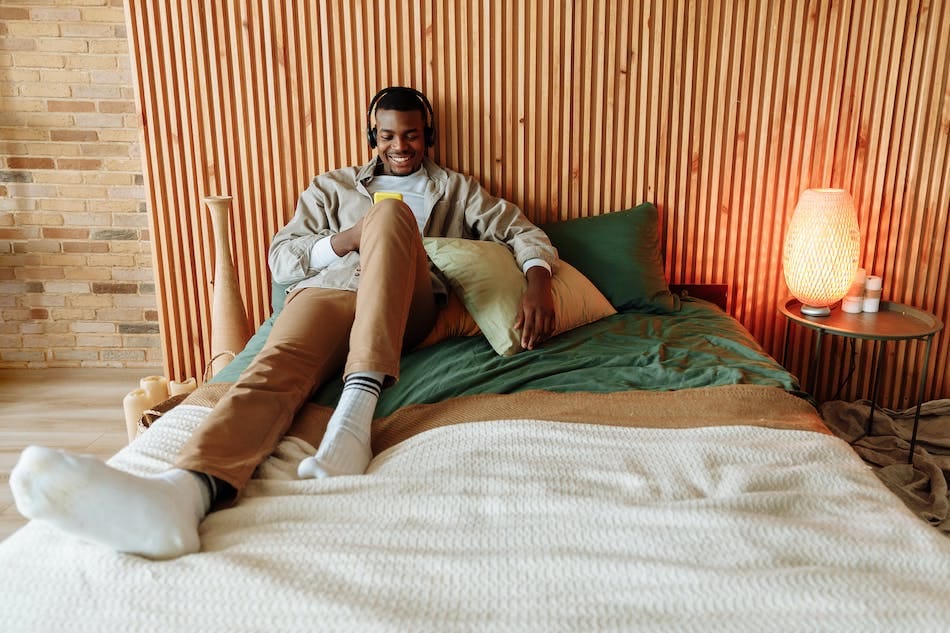‘Slow living’ is having a moment. Here’s how to embrace it for improved mental health
Here’s a question: do you spend most of your day rushing around, hastily jumping from one task to another with barely a second to catch your breath in between? Ever noticed you feel tetchy, irritable, and tired at the end of yet another busy day? Maybe you even feel anxious, overwhelmed and depressed.
If the answer to the above is a resounding ‘Yes’, it sounds like you’re living life in the fast lane, and it might be time to slow things down. Enter: slow living, a wellbeing trend that’s doing the rounds on social media, and may just give you the respite you so sorely need.
Rather than trying to cram as many tasks into your day as possible, slow living is all about creating a more balanced and meaningful life. It’s about savouring each moment, instead of rushing it. That might mean taking an extra five minutes in bed in the morning to just breathe, or squeezing in an extra break at your desk to stretch before diving head-first into the next item on your to-do list.
Online, people are finding novel ways to embrace slow living, like growing their own food and going off-grid by ditching their smartphones for the weekend. Adjacent trends, like ‘niksen’, the Dutch art of doing nothing, have grown in popularity too, with many people finding time to daydream or sit in silence for the benefit of their mental health.
A white paper by the Boston Charter Research Collaborative revealed that slowing down can lessen symptoms of anxiety and depression, promote clearer thinking, and improve productivity, but here’s the thing: in our always-on world, taking a breather can be tricky.
You might worry that moving at anything other than a sprint may leave you vulnerable to falling behind. Perhaps you fear that others will call you lazy, or that your inner critic will chide you for your lack of get-up-and-go.

With so much of our time focused on the pursuit of productivity, it’s hard not to feel guilty when you take a moment to just ‘be’. So, with so many competing commitments pulling your attention this way and that, how can you learn to live life at a much gentler pace? And how could it benefit your mental health when you do?
Learning to slow down
Job number one, according to psychotherapist and founder of CYP Wellbeing Rachel Vora? Getting out of the habit of ‘busyness’, a task that is so often easier said than done.
“Today’s society places a high value on ‘busyness’ as a sign of success and accomplishment, and rest and relaxation are often seen as rewards for working hard, rather than an equally valuable, essential, and significant part of our day,” Rachel points out.
Whether it’s joining the ‘5am club’ so you can get more done, or working a side hustle to achieve your goals, Rachel says this mentality can take its toll on your mental health, compounding feelings of stress and overwhelm, and encouraging you to do more and more.
“Never making time to rest can lead to poor sleep, self-neglect, feelings of loneliness and isolation, and developing poor habits such as relying on drugs or alcohol,” she notes. “If we do not make time to slow down, this inevitably leads to burnout.”
On the flip side, taking a slower pace empowers you to better manage stress, improves your mood, and, perhaps ironically, may even make you more productive in the long run. “Research suggests that consistently ‘doing nothing’ can make you more self-compassionate, too,” Rachel adds.
She’s right. See, after you recognise that slowing down equips you to manage the demands of your day-to-day, it acts as a kind of permission slip: it’s a reminder that recharging your batteries isn’t an indulgence, but a necessity.
So what should you do if your life is currently all go, go, go? Rachel recommends making small but consistent changes to your routine first. This might mean saying no to an activity that doesn’t light you up the way it used to, or setting clear boundaries with people who are constantly demanding more and more of your time.
Take an in-depth and honest review of how you’re spending your time, consider where you can work rest and relaxation into your schedule, and remind yourself it’s simply impossible to do it all.

Once you’ve reworked your weekly routine, it’s time to build pockets of presence into your day. Think of these as mindful moments that can be used to breathe deeply, reflect, or simply sit in silence.
You might find that this feels a little uncomfortable at first. “Notice what feelings arise when you do absolutely nothing,” Rachel advises. “Often, feelings of guilt can rear their head and it’s important to process these feelings, rather than trying to avoid them or distract yourself,” she explains.
Now you’ve learned to tame that niggling voice of guilt, Rachel says it’s time to shake off the urge to multitask – a sure sign that you’re rushing to get things done. With so much piled on to our plates these days, it can be tempting to try to do it all at once, but 2022 research published in Health Psychology Review links single-tasking with lower levels of stress.
Having trouble maintaining your focus on the task at hand? It’s a good idea to remove potential distractions. Consider putting your smartphone away in a drawer until you’re finished, or blocking out noise with noise-cancelling headphones.
Finally? Work joyful activities into your day, and figure out how you can enjoy these more mindfully. It could be making a cup of tea and really savouring the process, or gardening and really feeling the soil between your fingers.
In a world that is forever on the go, slowing down can seem like a novel and revolutionary concept, but life can be so much more vibrant, fulfilling, and rewarding when you learn to stop and take it all in. After all, what’s the rush?


Comments